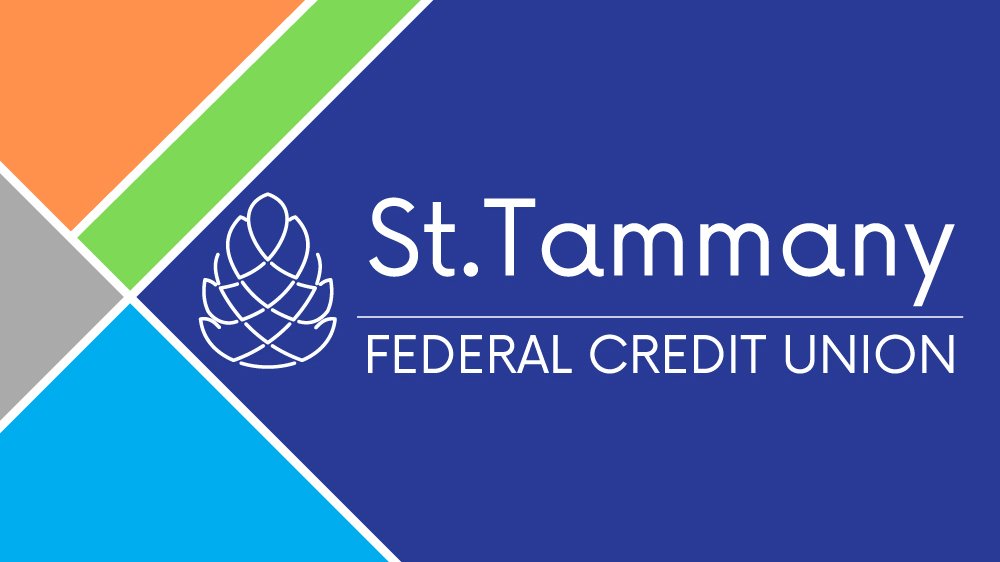Identity Theft
Identity theft is when someone uses your personal data to impersonate you, most commonly for financial gain. Clearly, stopping ID theft is important. Taking steps to protect your personal information can save you time, money, and a lot of frustration. To reduce your risk of identity theft, follow these five tips:
Freezing or placing fraud alerts on your credit report: A fraud alert notifies third parties that they should take extra caution in verifying your identity. Freezing your credit offers a similar security as it restricts access to your records so new credit files cannot be opened.
Safeguard your Social: Your Social Security number is the center of your personal data, protect it. Don’t carry it around, be cautious when sharing it, and eliminate any old paperwork containing it.
Stay suspicious of scammers: Look carefully at links, attachments, and requests for information. Don’t give anyone personal information over the phone, especially if someone calls you claiming to be tech support, the bank, or the IRS.
Regularly review accounts and statements: Look closely at charges and invoice details when credit card or medical bills. Check bank accounts and other financial accounts regularly, monitoring your transaction. Request your free annual credit report to look for issues. The sooner you spot anything suspicious, the sooner you can put a stop to the problem.
Safeguard your online accounts: Use unique strong, generated passwords and enable a two-factor authentication whenever possible and be cautious about what you post on social media so you don't give insight into how you answer security questions.
Remember identity theft can happen to anyone. If you fall prey to a fraudster, start by reporting it to the Federal Trade Commission and following its recommended steps to make a recovery plan.
Banking Scams
It’s been an extremely turbulent year for the economy, never mind our household finances, which is why it is essential to be extra mindful of scammers. Banking scams are far too common and may be difficult to catch. These scams involve attempts to access your bank account. To identify, report and protect yourself from popular scams, pay attention to the information below:
The four most common banking scams include:
Overpayment scams - A scam artist sends you a counterfeit check. They tell you to deposit it in your bank account and wire part of the money back to them. Since the check was fake, you’ll have to pay your bank the amount of the check, plus you’ll lose any money you wired.
Unsolicited check fraud - A scammer sends you a check for no reason. If you cash it, you may be authorizing the purchase of items or signing up for a loan you didn’t ask for.
Automatic withdrawals - A scam company sets up automatic debits from your bank account to qualify for a free trial or to collect a prize.
Phishing - You receive an email message that asks you to verify your bank account or debit card number.
How to Protect Yourself:
Be suspicious if you are told to wire a portion of funds from a check you received back to a company and don’t wire money to people or companies you don’t know.
Be wary of lotteries or free trials that ask for your bank account number and never click on links in an email to verify your bank account.
Verify the authenticity of a cashier’s check, checks or money orders with the bank that it is drawn on before depositing it. Scammers can make them look legitimate and official.
When verifying a check or the issuer, use contact information on a bank’s website.
How to Report Banking Scams:
Report fake checks you receive by mail to the US Postal Inspection Service.
Report counterfeit checks to the Federal Trade Commission.
Contact your bank to report and stop unauthorized withdrawals from your account.
Forward phishing emails to the Federal Trade Commission at spam@uce.gov.
Most individuals have been targeted or even lost money or personal information as a result of scams. Lessen your chances of it happening. Look out for common elements and always report any suspicious activity.
Credit Card Fraud
Credit card fraud takes place every day in a variety of ways. You can’t always prevent it from happening, but you can create some obstacles and make it tougher for someone to get hold of your cards and card numbers.
Theft is the most obvious form of credit card fraud and can happen in a variety of ways:
Dumpster divers looking for bank statements
A retail or bank website being hijacking
Dishonest service industry staff collecting your card information
Scam phone calls asking for card information promising false incentives
Incorporating a few practices into your daily routine can help keep your cards and account numbers safe:
Keep a record of your account numbers, their expiration dates and the phone number to report fraud for each company in a secure place.
Don’t lend your card to anyone!
Don’t leave your cards, receipts, or statements around your home or office. When you no longer need them, shred them before throwing them away.
Always report any losses or suspicion of fraud to your financial institution or card issuer!
Unfortunately, there is no fool-proof way to stop credit card theft attempts, and fraudsters seem to always find new ways to tap into your information. But you can limit your chances of becoming a victim, or minimize the damages from fraudulent activity that’s already occurred on your accounts.
